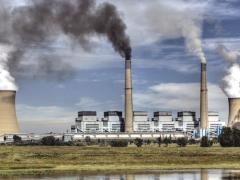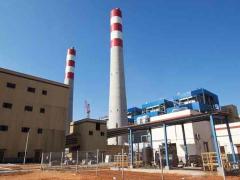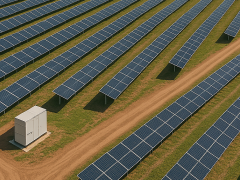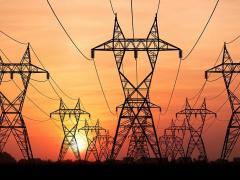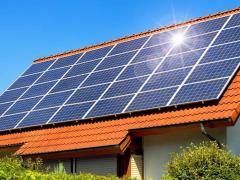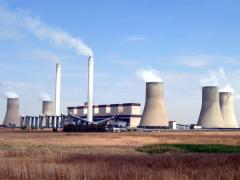South Africa’s electricity infrastructure is on a knife-edge. The system is critical right now. And we’re going into winter when electricity demand increases significantly.
In addition to the 4000 MW of electricity which is unavailable due to planned maintenance, the power utility lost over 16 100 MW of electricity over the last 24 hours due to generating equipment failures. The power utility terms these failures “unplanned maintenance”.
This brings the total to over 20 000 MW, more than half of Eskom’s total available power generating capacity!
The problem of course, is that at best we can only expect about 60% of the total to be available at one time. Eskom has acknowledged that although its energy availability factor (EAF) should be above 70%, it’s been in the low 60’s for years and is falling.
So, although we might have close to 50 000 MW of generating capacity on paper, in reality we have just over 60% of that without so-called unplanned maintenance.
Load shedding – or “load reduction” or “load rotation” as its sometimes called – has been highly destructive to the economy. Load shedding, together with tariff increases which far exceed the official inflation rate, have done far more harm to the economy, and have created more unemployment than the last 12 months of the Covid-19 pandemic.
While some people say that we should accept that “occasional” load shedding is part of living in South Africa, we should bear in mind that the government’s responsibility is to improve the lifestyle of the population, not accept the status quo.
A possible way forward
South Africa needs new generating plant urgently. There’s no time to build large power stations. What’s needed is for the government to loosen its grip on the generation of electricity and allow private companies and large metros to generate as much power as they need for their own use and to supply the communities in which they operate.
The result would be an increase in foreign investment, growth in the economy, and a reduction of unemployment. These three factors are all included in the aims of the government’s National Development Plan. So why the delay in allowing private companies to generate their own power?


